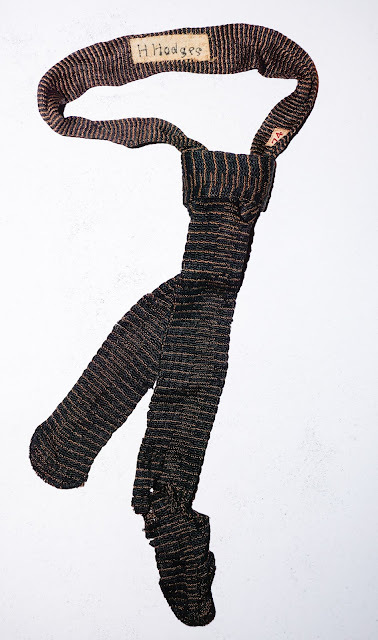Gourding Secrets
One of the most unusual items in the Polley Room at the Sutherland Springs Museum is a giant green gourd. The gourd has a circumference of about 88 inches. Josephine Polley Golson, granddaughter of Joseph and Mary Polley, and author of Bailey' Light: Saga of Brit Bailey and Other Hardy Pioneers, tells about gourds vines in Texas, producing "fruits the like of which had never been seen before. One traveler, who said he had been in Texas, told of seeing gourds of very large sizes."
The gourd bears a bronze plague with the inscription, "Raised by Mary
Polley 1854." That year was likely the first year that the Polleys were able to inhabit their new stone plantation house, "Whitehall." Mary Polley must have been extremely proud of the size of the gourd that she grew in her garden that year.
The gourd is painted green. The color is similar to the Paris Green with which the shutters of the Polley's Whitehall mansion were painted. The shutters were imported from New York, where Joseph's brother Jonathan lived. In a letter of 9 January 1855, Jonathan Polley wrote: “The blinds are done. They are to be painted Paris green.” Historian William B. Maynard in Architecture in the United States, 1800-1850 explains that “one up-to-date element shared by tasteful residences of whatever size or style was the green latticed shutter.” He points out that shutters were often painted green, often “painted with four coats, the last two of Paris green.” A letter of 13 May 1856 contained Coats’s bill for painting the doors and windows. In this early photograph of the Polley House (date unknown) you can just make out the shutters on the windows on the front porch.
The people in the photograph are unidentified. The back of the photograph says: "Joseph H. Polley Homestead / on the Cibolo / From original in possession / of Mrs. Mamie Polley Fitzgerald / San Antonio, Tex." Perhaps it is J. B. Polley and his family. Does anyone have an idea about the identity of the family?









Comments
Post a Comment